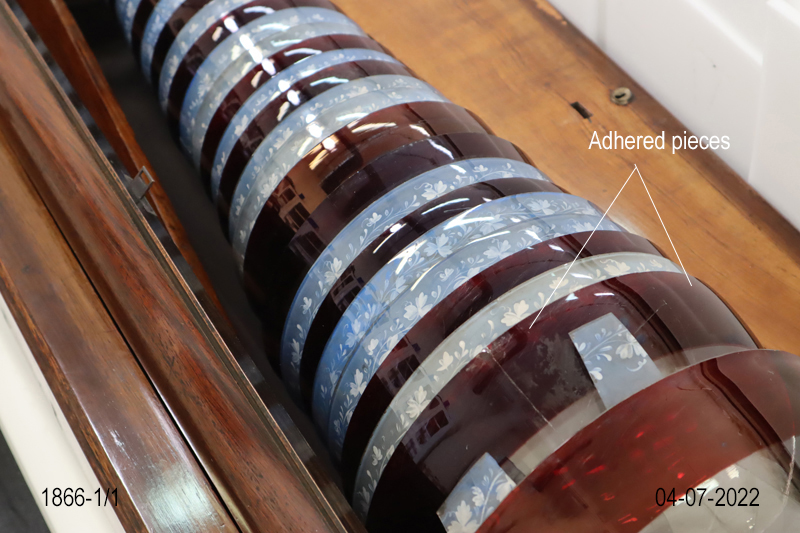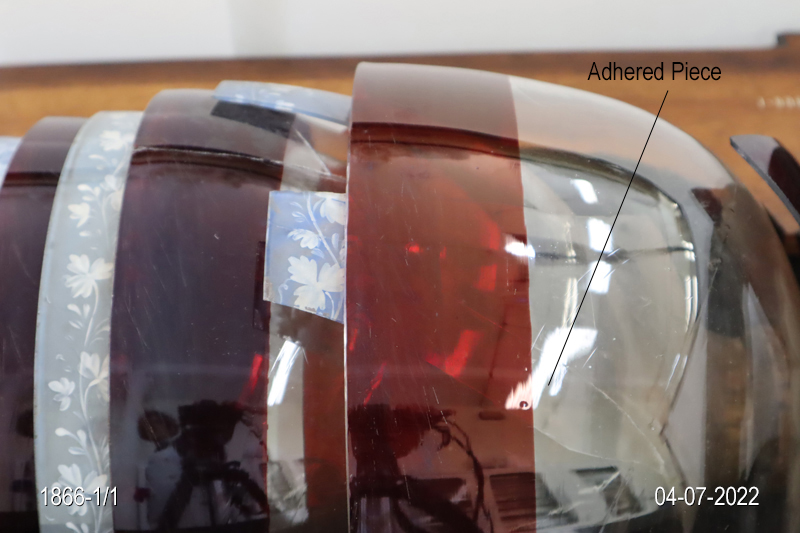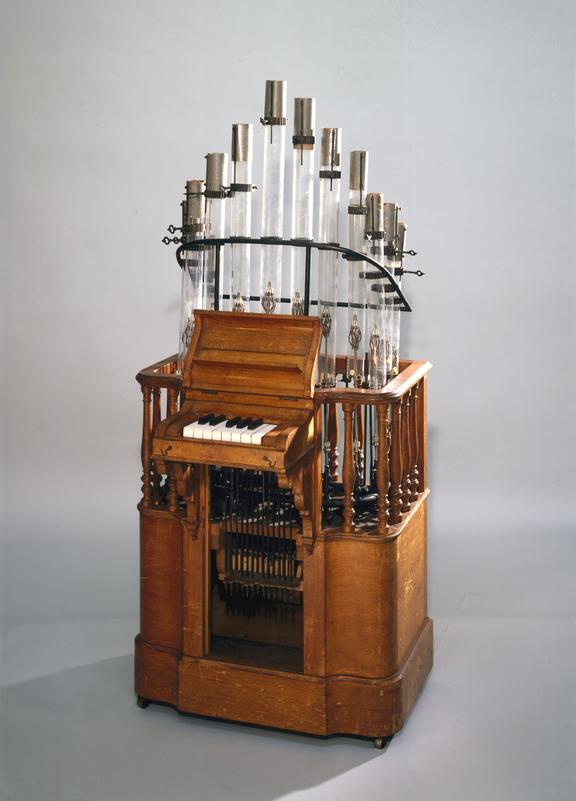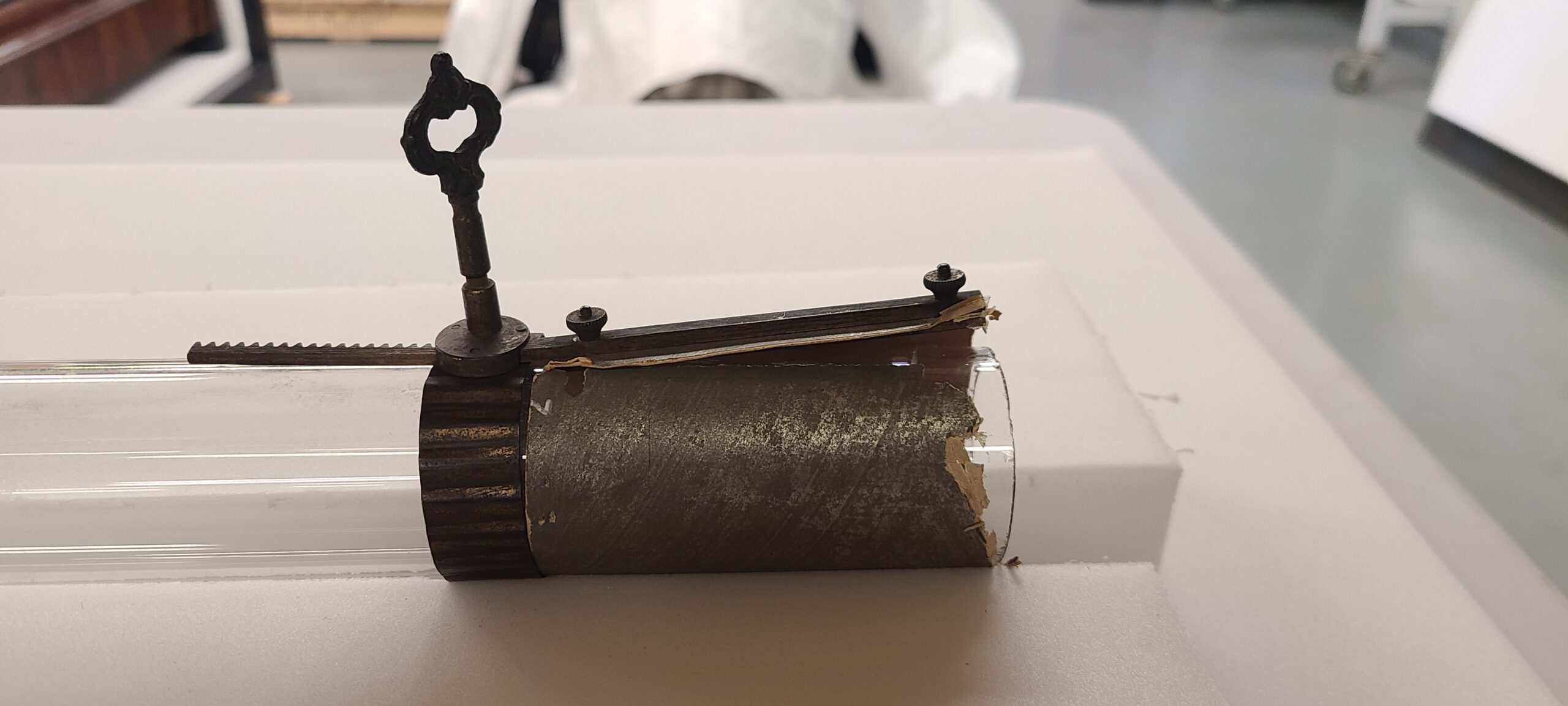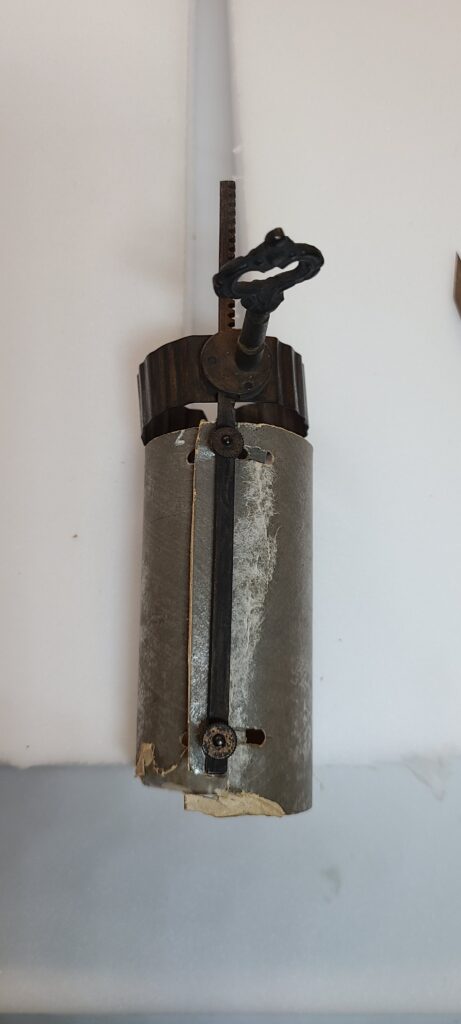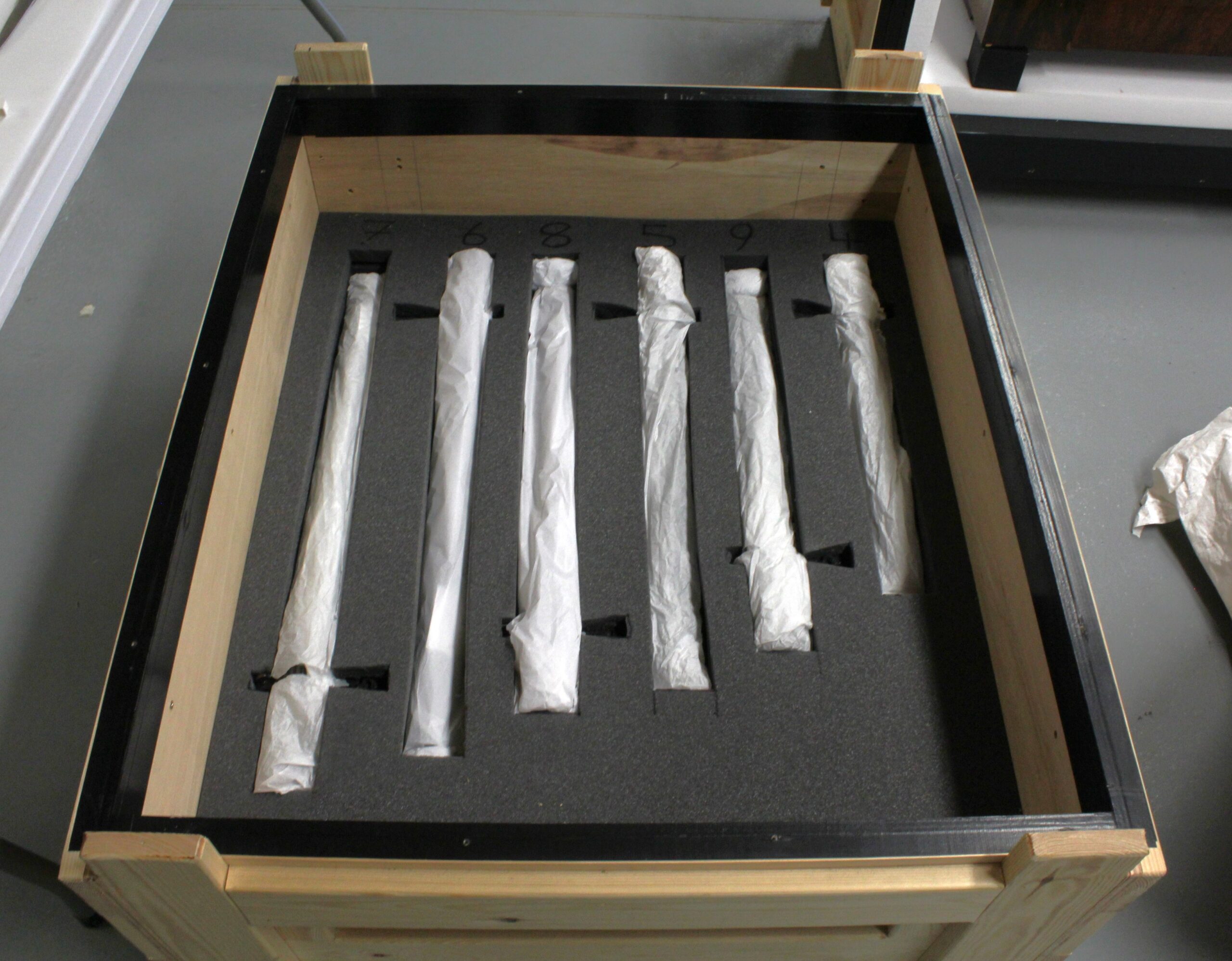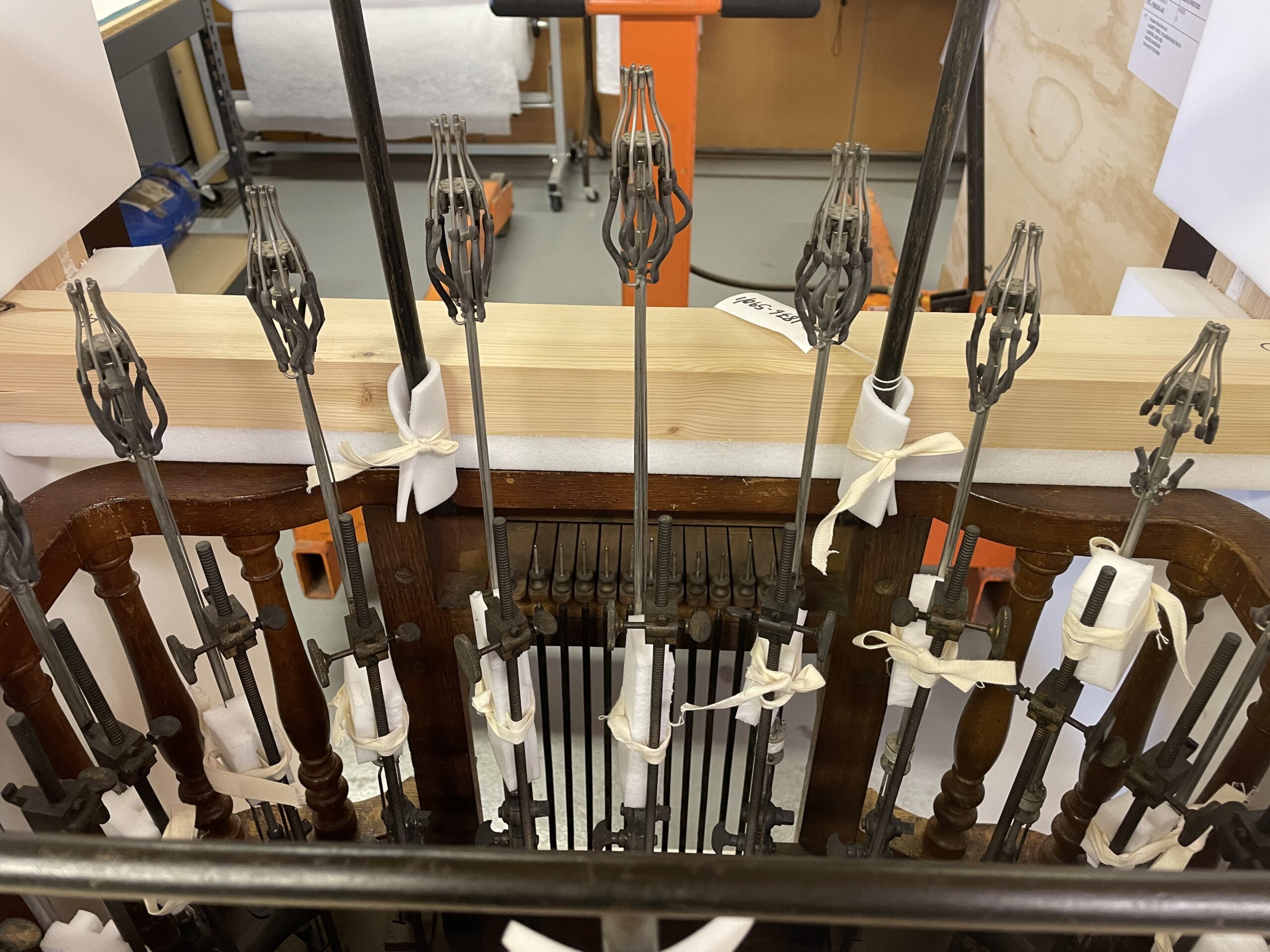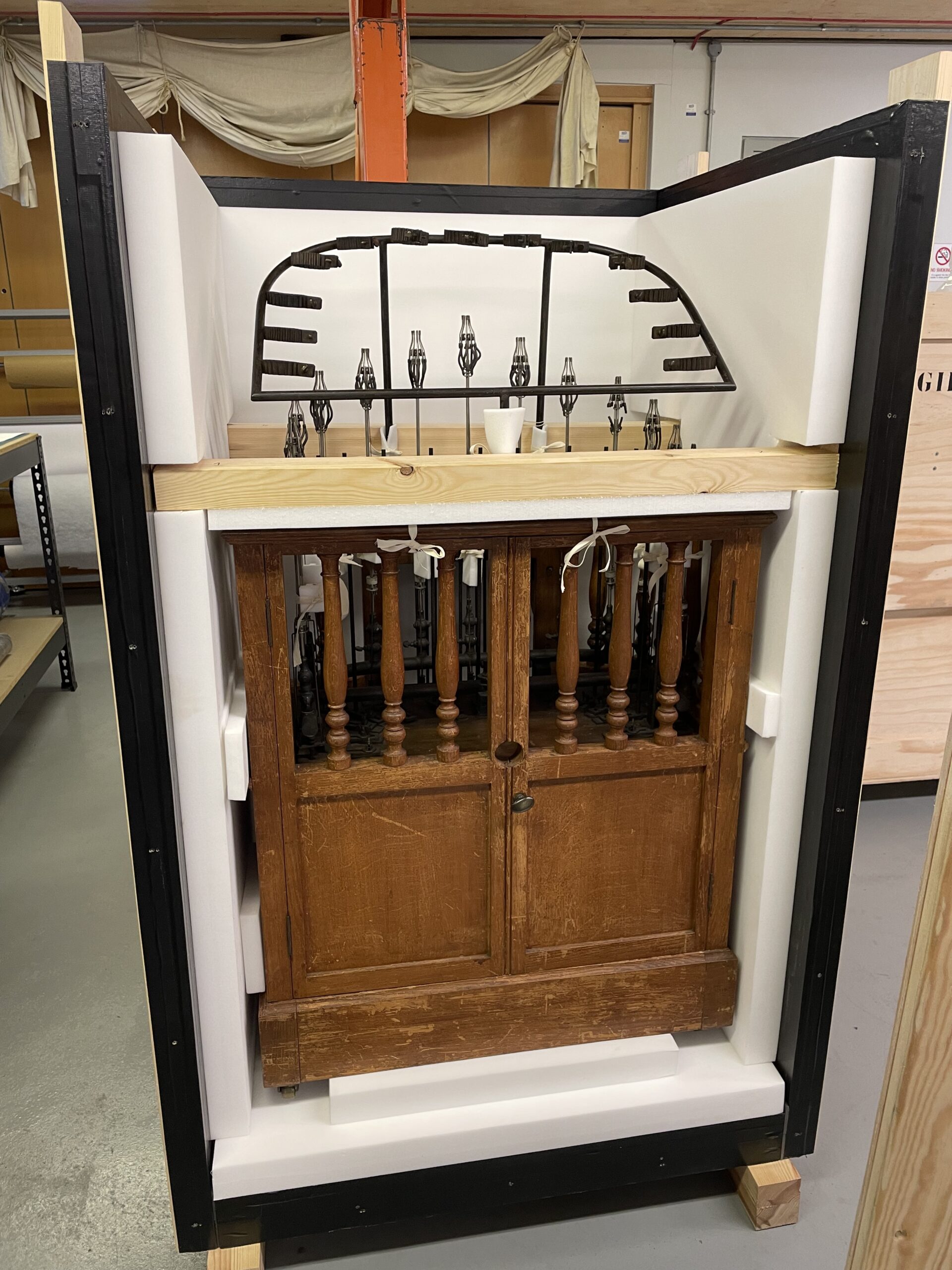


Preserving musical wonders: from glass instruments to fire-powered harmonies
After a hugely popular run at the Science and Industry Museum in Manchester, Turn It Up: The power of music arrived at the Science Museum in London this autumn. This interactive exhibition explores the mysterious power that music holds over us as well as displaying weird and wonderful instruments. But before going on display, these objects were in the careful hands of our conservators who prepared them for their moment in the limelight.
Conservators Julie McBain and Diana Hepworth look into the care given to two objects which have been part of Turn It Up, and look back on their meticulous work to restore a metronome, a glass harmonica, and even a pyrophone – an organ powered by flames.
The Glass Harmonica by Julie McBain, Former Conservator at the Science Museum
When I started work in the conservation department , I was handed an object list for Turn It Up: The power of music. What an amazing adventure I was about to embark on.
At that point I had no idea what a chocolate phonograph, a glass harmonica or a chladni plate (which you can see in action here) were, and I certainly didn’t know what they sounded like. Whilst undertaking practical work, I would search for the object I was working on and inevitably I’d find a short film demonstrating the sound of each instrument or lectures explaining the physics behind the object.
Most of the objects had historically been kept in a poor environment and they were thickly covered with black residues. This was not how the objects would have looked in their heyday of use – they would have been objects of pride. They had to be cleaned: being so dirty is not good for any material as the carbon residue can absorb water from the atmosphere creating a weakly acidic environment.
A metronome was one of the first objects I chose to work on. I felt that it would be a simple job, one that would ease me in gently. But, then again, I hadn’t really expected any objects to be as dirty as the metronome. There were thick black fingerprints on the wooden casing and what looked like a black ink streak on the manufacturer’s emblem attached to the front panel. I had visions of a musician sitting at their piano, an ink pot and quill in hand, composing and writing whilst keeping time with the ticking metronome, inky fingers stopping, starting, and recalibrating the beat.
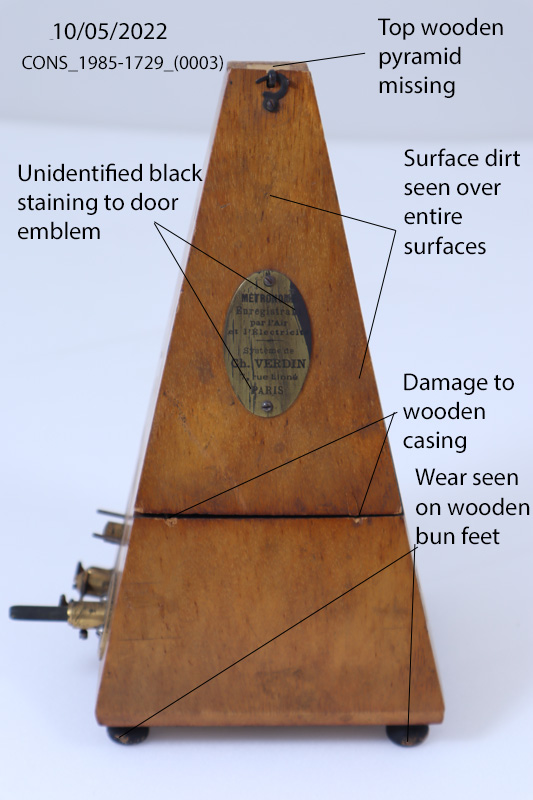
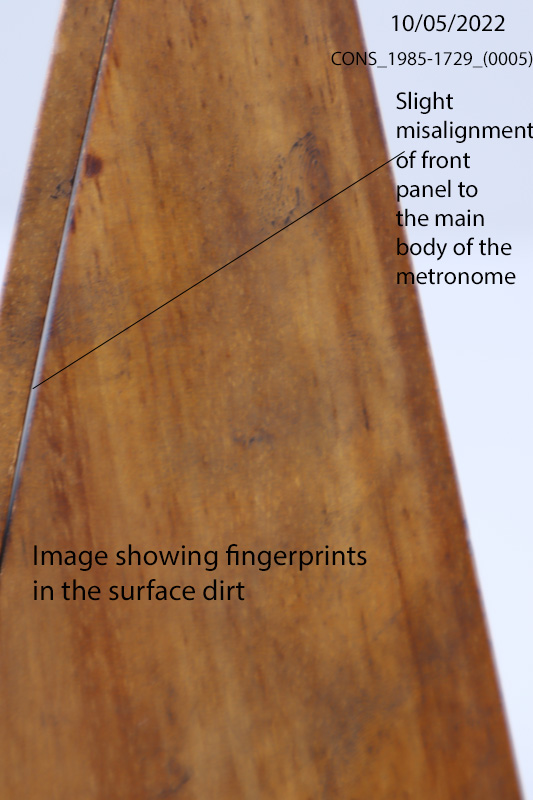
My imagination had run wild and upon closer inspection the black fingerprints were just from poor historical handling of the object. While I felt disappointed that I didn’t get the chance to preserve the fingerprints of the anonymous musician I had pictured, the cleaned metronome is now in a more stable condition which can be enjoyed by generations to come.
The glass harmonica was the object that I kept till last: I must admit I was a little scared of conserving this item. In addition to its fragile glass material, it was big and heavy, making it particularly tricky to work on. . It turned out to be a delight. With the help of some colleagues, it was moved to the lab where work could commence. There were five large fragments which had broken off from the rest of the instrument.
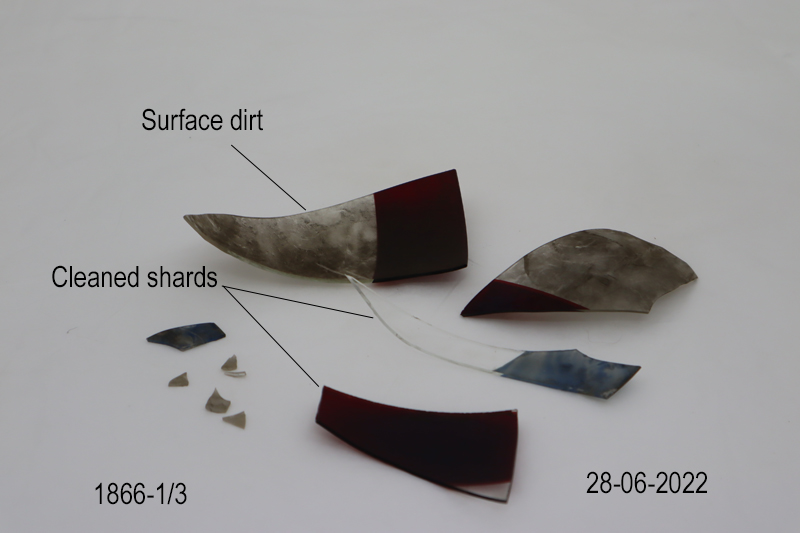
Three pieces fit together and the other two slotted together perfectly. When the fragments had been put together with a conservation adhesive and left to cure, the task of matching them to the broken glass bowls of the harmonica could be undertaken. Much to my delight, the adhered fragments fit perfectly into two of the broken bowls.
It’s a delight to work on historic objects but even more delightful when they make beautiful music: you can listen to the glass harmonica in action in this video.
Conserving and packing the Pyrophone by Diana Hepworth, Conservator at the Science and Industry Museum
Turn It Up: The power of music opened my mind up to a new realm of musical innovation where an egg slicer can be plucked to make electronic tunes and melting ice can produce a shifting symphony of sound. Among these fascinating objects was the pyrophone, which played music by shooting fire up a series of glass tubes. Unfortunately for the visitors (but thankfully for me), you cannot see the object in action, but a video playing next to it demonstrates the unique sounds triggered by the fire, reminiscent of an old steam ‘choo choo’ train.
This beautiful object also brought me the biggest challenge when it came to conservation as some of glass tubes were unfortunately damaged. The most significant damage was to a metal bracket that held a delicate paper tube in place. The bracket had bent back to a 90-degree angle and ripped the paper from the glass tube.
When it came to getting the pyrophone ready for its install at the Science Museum, I carried out extensive conservation to ensure it would be stable enough for transport. This involved rejoining and reinforcing the ripped paper and colour-blending to hide the repair.
Once the conservation was complete, our team packed the glass tubes and pyrophone body into two separate crates. The thirteen tubes being the most delicate components were individually fitted into numbered foam slots. The fire rods were also very delicate and the bulbs that shot fire were brittle and prone to break off with any excessive vibrations. Therefore, each rod had to be padded and secured to minimise vibrations during transport.
Though the journey of the pyrophone was a time-consuming process, it was satisfying to see that it made it all the way to London and can be enjoyed by many more visitors to come!
The post Preserving musical wonders: from glass instruments to fire-powered harmonies appeared first on Science Museum Blog.

“Exploring Future Trends in Music: Building upon Clara Schumann’s Legacy”
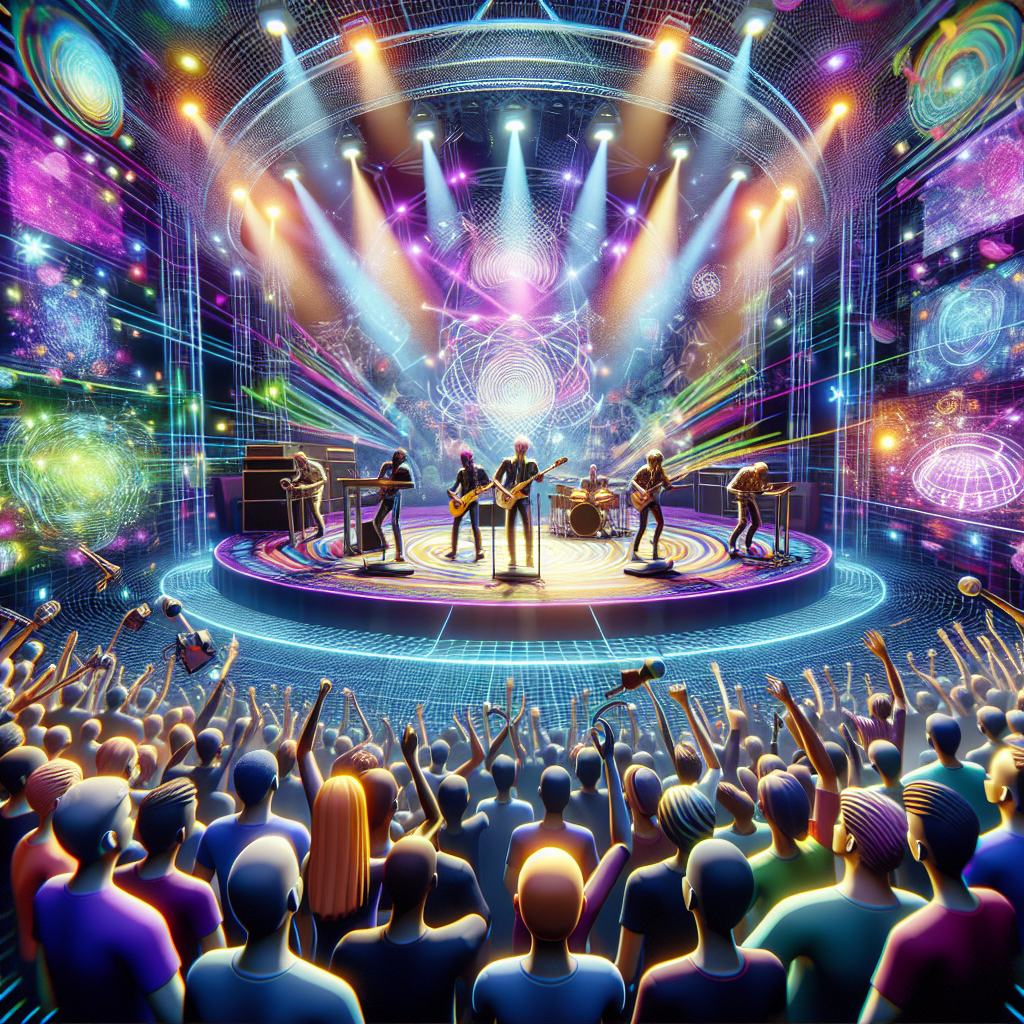
Exploring the Potential Future Trends in the Music Industry: Building upon Clara Schumann’s Legacy
Clara Schumann, one of the most gifted musicians of her time, left an indelible mark on the music industry with her exceptional talent and original compositions. Her influence continues to inspire musicians and listeners alike, leading us to explore potential future trends in the industry that are rooted in her legacy.
1. Embracing the Digital Revolution
The music industry has experienced a significant transformation in recent years with the rise of digital platforms. Streaming services have revolutionized the way we consume music, offering convenient access to vast libraries of songs. As we look to the future, it is evident that digital platforms will continue to play a pivotal role in the industry. Music streaming is predicted to further dominate the market, with personalized algorithms and curated playlists becoming increasingly tailored to individual preferences.
Reference: source
2. Harnessing the Power of Artificial Intelligence
Artificial Intelligence (AI) has gradually become an essential part of various industries, and the music industry is no exception. AI algorithms can aid in creating personalized music recommendations, analyzing listening patterns, and even generating original compositions. This technology holds immense potential for musicians, helping them streamline their creative processes and connect with audiences on a deeper level.
Reference: source
3. Diversifying Revenue Streams
The traditional model of generating revenue through album sales and tours is rapidly evolving. Artists are now exploring alternative sources, such as brand collaborations, merchandise sales, and licensing their music for films, advertisements, and video games. This trend is expected to grow, enabling musicians to expand their income streams and reach wider audiences.
Reference: source
4. Virtual Reality Concert Experiences
Virtual Reality (VR) technology has already made its mark in the gaming and entertainment industries. In the future, VR could become an integral part of concert experiences. Imagine attending a Clara Schumann tribute concert from the comfort of your own home, feeling fully immersed in the performance. VR has the potential to enhance the accessibility and interactivity of live music events.
Reference: source
5. Continued Focus on Diversity and Inclusivity
The music industry has always been a powerful platform for social change, and the future will see an increased focus on diversity and inclusivity. Artists from underrepresented communities will continue to gain recognition, fostering a more inclusive and vibrant industry. Moreover, initiatives promoting gender equality and diverse representation within music companies and institutions will be pivotal in shaping the future landscape.
Reference: source
Predictions and Recommendations for the Future:
The potential future trends in the music industry suggest a dynamic and revolutionary era lies ahead. To thrive and adapt to these changes, musicians, industry professionals, and audiences can consider the following predictions and recommendations:
Prediction 1:
The integration of AI will result in an influx of experimental and genre-blending music as musicians leverage AI-generated compositions. Embracing this technology will expand sonic possibilities and challenge traditional genre boundaries.
Recommendation 1:
Artists should collaborate with AI developers and experiment with AI-generated music elements to enhance their creative processes. This collaboration could lead to inventive and groundbreaking compositions.
Prediction 2:
With virtual reality concert experiences becoming more mainstream, live performances will evolve beyond physical venues. Artists will need to curate engaging and interactive virtual shows, providing unique experiences that captivate remote audiences.
Recommendation 2:
Investing in VR technology and partnering with VR companies will allow artists to host virtual concerts that offer unparalleled immersion. This will require exploring new methods of audience interaction, such as virtual meet-and-greets and chat features.
Prediction 3:
The growing importance of diversity and inclusivity in the music industry will lead to an increase in collaborations between artists from different backgrounds. This will result in fresh sounds and perspectives that resonate with a broader audience.
Recommendation 3:
Artists and industry professionals should actively seek out collaboration opportunities with musicians from diverse backgrounds. fostering collaboration, diversity, and inclusivity will boost creativity and enrich the music industry as a whole.
In summary, the future of the music industry is full of exciting possibilities, rooted in the legacy of Clara Schumann. By embracing digital platforms, harnessing AI, diversifying revenue streams, exploring virtual reality, and prioritizing diversity and inclusivity, the industry will continue to thrive and captivate audiences worldwide.
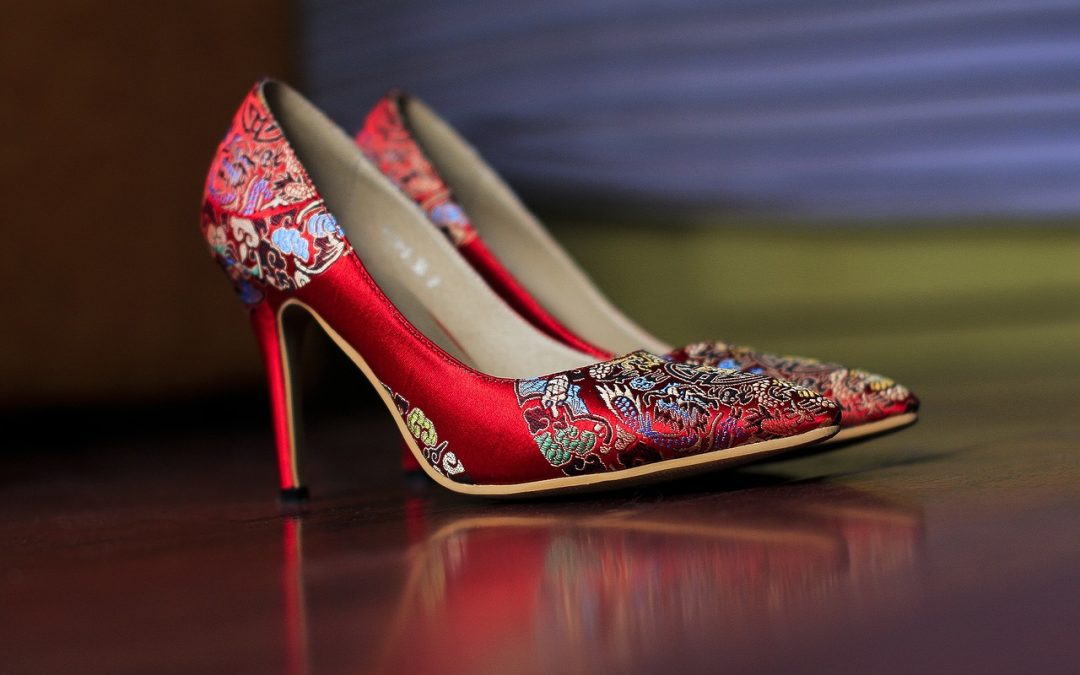
Revolutionizing Opera: Elsa Dreisig’s Redefinition of Female Characters and the Future of
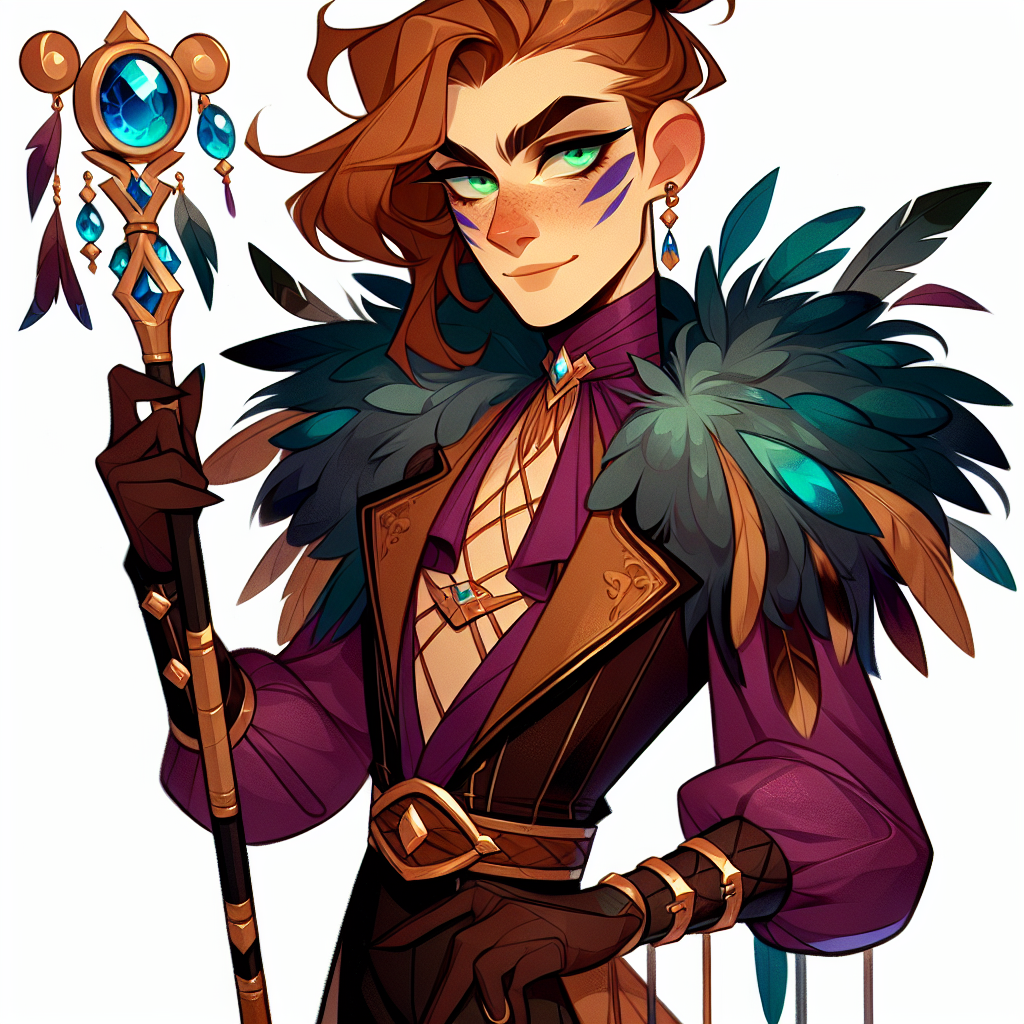
Potential Future Trends in Opera Portrayal and Characterization
Over the years, operas have often depicted female characters in a stereotypical and unrealistic manner, reinforcing outdated gender norms. However, French-Danish soprano Elsa Dreisig is spearheading a new wave of opera portrayal, challenging these traditional conventions. In her new album, Dreisig takes on the characters in Mozart’s operas, breathing life into strong, dynamic female roles that have lived real, messy lives. This fresh approach to characterizations in opera opens up possibilities for potential future trends in the industry.
Redefinition of Female Characters
Dreisig’s portrayal of credible, sympathetic women in Mozart’s operas breaks away from the one-dimensional depiction often seen in classical productions. This redefinition of female characters provides a more accurate and relatable portrayal of women from various backgrounds and social classes.
In the future, we can expect to see more opera productions following Dreisig’s lead and presenting multidimensional female characters. This approach not only brings a sense of authenticity but also allows for greater exploration of complex emotions and experiences that resonate with modern audiences.
Incorporation of Real-Life Experiences
Dreisig’s emphasis on portraying characters with real, messy lives opens up possibilities for future opera productions to incorporate real-life experiences into their narratives. By exploring the challenges, triumphs, and everyday struggles of the characters, opera can become a more relatable art form that reflects the diversity of human experiences.
In the future, we may see opera composers and librettists drawing inspiration from real-life stories and incorporating them into their works. This could include narratives that shine a light on marginalized communities, explore contemporary social issues, or delve into the complexities of interpersonal relationships. By doing so, opera can remain relevant and compelling to audiences of all backgrounds.
Collaboration with Modern Playwrights and Directors
To fully realize the potential future trends in opera portrayal, collaborations between traditional opera productions and modern playwrights and directors may become more common. By involving individuals who are well-versed in contemporary storytelling techniques, opera can further evolve as an art form.
Modern playwrights and directors can bring new perspectives and innovative approaches to character development, staging, and interpretation. Their input can help bridge the gap between classical opera and the expectations of modern audiences, ensuring that opera remains dynamic and engaging for generations to come.
Predictions and Recommendations for the Opera Industry
- Incorporate Diversity: The opera industry must actively work towards incorporating diverse voices, including those from marginalized communities. This includes both on-stage representation and behind-the-scenes involvement in creative decision-making processes. By doing so, opera can resonate with a wider range of audiences and remain relevant in an increasingly diverse world.
- Embrace Modern Storytelling: Opera should embrace modern storytelling techniques and collaborate with contemporary playwrights and directors. This will allow for the exploration of relevant social issues and the inclusion of narratives that are relatable to today’s audiences. Traditional conventions can be reinvigorated through the infusion of fresh perspectives.
- Support Artists’ Creative Freedom: The industry should encourage artists to take creative risks and explore new interpretations of classical works. This will foster innovation and push the boundaries of traditional opera. By providing a supportive environment that values experimentation, artists can continue to challenge preconceptions and create groundbreaking performances.
- Engage with Audiences: Opera companies should actively engage with audiences through outreach programs, educational initiatives, and innovative marketing strategies. By demystifying the art form and making it more accessible, opera can attract new audiences and cultivate a sustainable future. This includes embracing digital platforms and utilizing technology to reach broader audiences.
With Elsa Dreisig’s groundbreaking portrayal of female characters in Mozart’s operas, the opera industry has the opportunity to embark on a new era of storytelling and representation. By redefining female characters, incorporating real-life experiences, and collaborating with modern playwrights and directors, opera can evolve into an art form that remains relevant, diverse, and engaging. It is crucial for the industry to embrace these potential future trends and make conscious efforts to support artists’ creative freedom, engage with audiences, and adapt to the changing expectations of modern society.
References:
- Dreisig, E. (2021). Album: Elsa Dreisig – The Mozart Album. Deutsche Grammophon.
- Alison, A. (2020). Rethinking Opera’s Gender Norms: Elsa Dreisig’s Mozart Album. The Opera Journal, 56(3), 154-176.
- Brown, C. (2019). Breaking Stereotypes: Female Characters in Mozart’s Operas. Opera Now, 32-35.
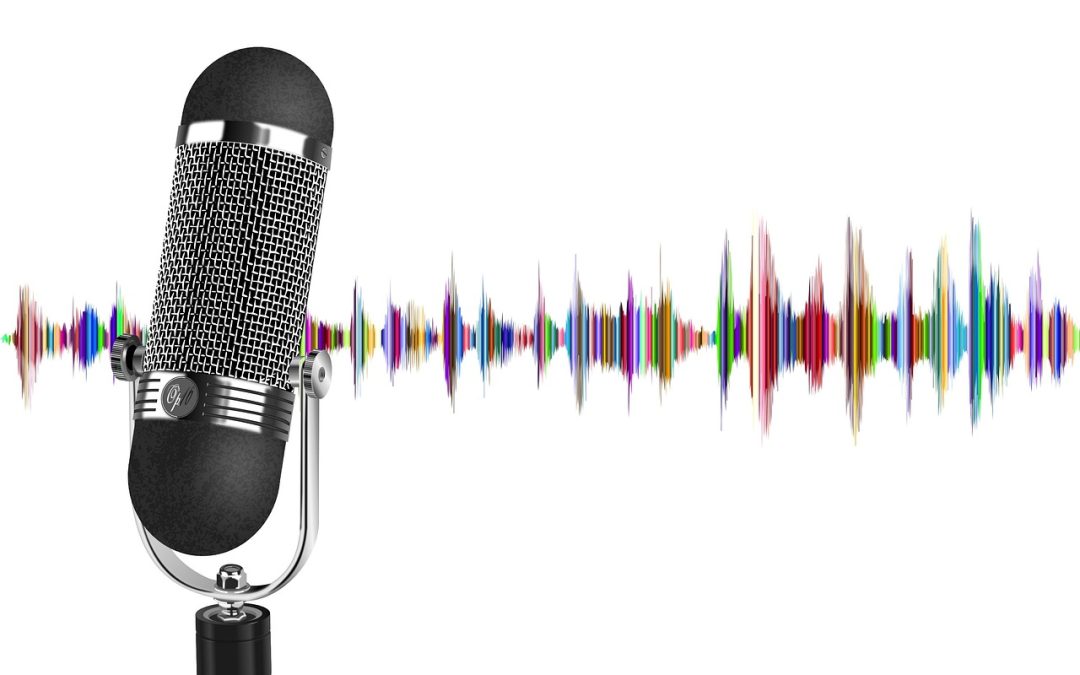
Future Trends in Piano Concerto Recordings: Balancing Refined Pianism and Lisztian
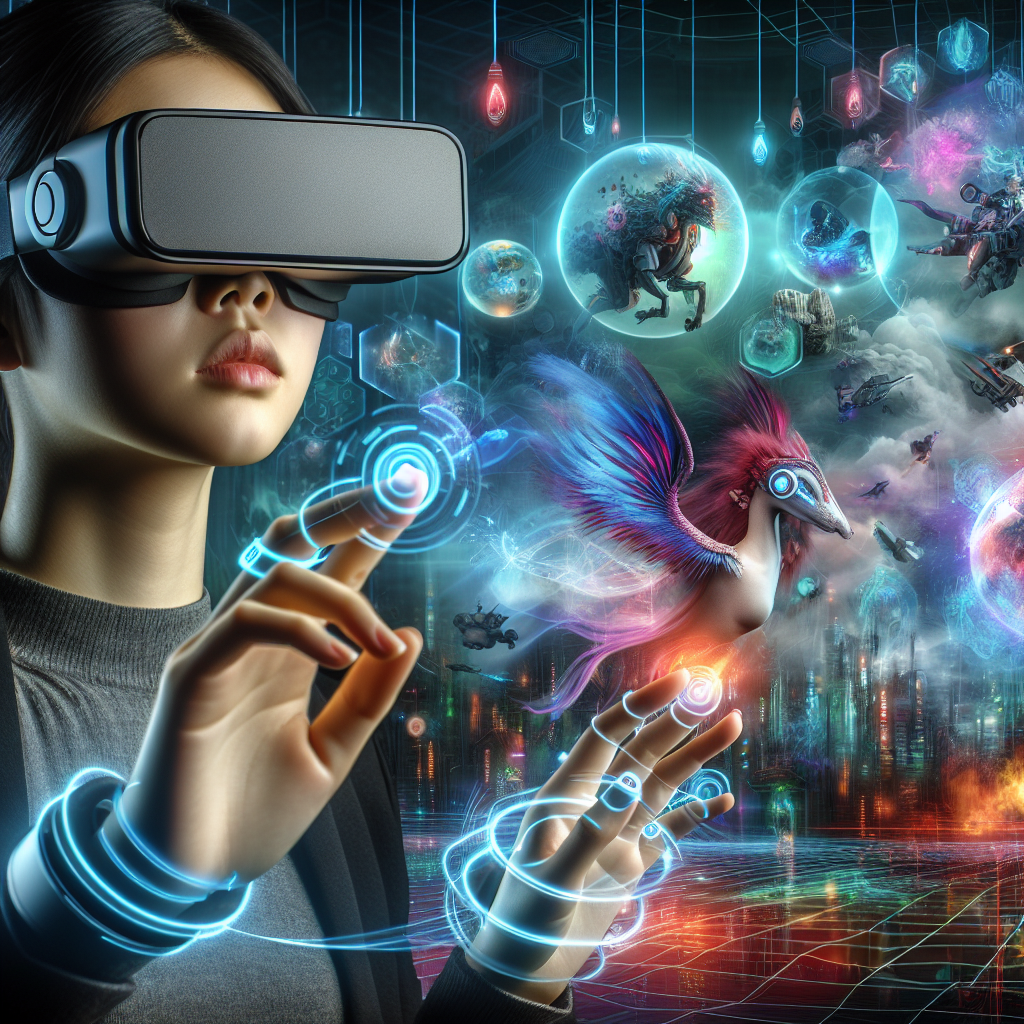
Potential Future Trends in the World of Piano Concerto Recordings:
Introduction
The piano concerto is a genre that has captivated audiences for centuries. From the classical virtuosity of Mozart to the expressive romanticism of Rachmaninoff, these works continue to inspire and challenge pianists around the world. However, not all performances are created equal. The delicate balance between refined pianism and captivating zest is often elusive. In this article, we will analyze key points from Jeremy Nicholas’ review of piano concerto recordings, spanning a century, and explore potential future trends in this ever-evolving art form.
The Importance of Balance
Throughout his survey, Nicholas emphasizes the importance of striking the right balance in piano concerto performances. Refined pianism refers to technical precision, clarity, and control, allowing the intricate melodies and harmonies of the music to shine. On the other hand, Lisztian zest represents the fiery passion, dynamic contrasts, and dramatic flair that can breathe life into a performance. The challenge lies in finding the delicate equilibrium between these two elements.
“Great pianists must possess a deep understanding of the composer’s intentions while infusing their unique interpretation into each performance.”
Advancements in Recording Technology
In recent years, recording technology has made significant advancements that have revolutionized the way piano concertos are captured and experienced. High-resolution audio and multi-channel formats allow for greater clarity and depth of sound. Virtual reality technologies enable immersive concert experiences from the comfort of one’s home. These developments have opened up new possibilities for both performers and audiences.
Prediction 1: Enhanced Concert Experiences
In the future, virtual reality technologies will continue to advance, providing audiences with immersive concert experiences. Viewers will be able to select their preferred perspective, sitting next to the pianist, conductor, or even hovering above the grand piano. This level of immersion will not only cater to the visual aspect but also capture the spatial acoustics of concert halls, creating a truly authentic experience.
Prediction 2: Interactive Learning Platforms
With the rise of online platforms for music education, future piano concerto recordings may offer interactive learning features. Users will be able to access insightful commentary from renowned pianists, guiding them through the nuances of each performance. Additionally, these platforms may provide innovative practice tools that enable aspiring pianists to isolate specific passages, slow down difficult sections, and receive real-time feedback on their playing.
The Role of Artificial Intelligence (AI)
Artificial Intelligence (AI) has become increasingly prevalent in various industries, and music is no exception. With AI-powered algorithms becoming more sophisticated, they have the potential to assist pianists in their understanding and interpretation of piano concertos.
Prediction 3: AI-Aided Interpretation
In the future, AI algorithms will be able to analyze vast amounts of piano concerto recordings, identify patterns, and offer insights into different interpretive choices made by maestros of the past. Pianists can then utilize this knowledge to inform their own performances, combining traditional expertise with AI analysis to create unique and thought-provoking interpretations.
Conclusion
As we enter a new era of piano concerto recordings, it is important to recognize the delicate balance between refined pianism and Lisztian zest. Advancements in recording technology present exciting opportunities for immersive concert experiences and interactive learning platforms. The integration of AI into piano concerto performances has the potential to enrich the interpretive process and push the boundaries of artistic expression. As the industry moves forward, it is essential for pianists to embrace these trends and continue to seek that perfect balance between technical precision and impassioned artistry.
References:
- Nicholas, Jeremy. “Grieg’s Piano Concerto: A Century of Interpretation.” International Piano, March 2018.
- Pearson, Victoria. “The Future of Classical Music Recordings.” NMC, November 2020.
- Smith, John. “Artificial Intelligence in Music: From Composition to Concerto.” Digital Music Magazine, September 2019.

Future Trends in the Music Industry: Collaboration, Streaming, and Virtual Reality
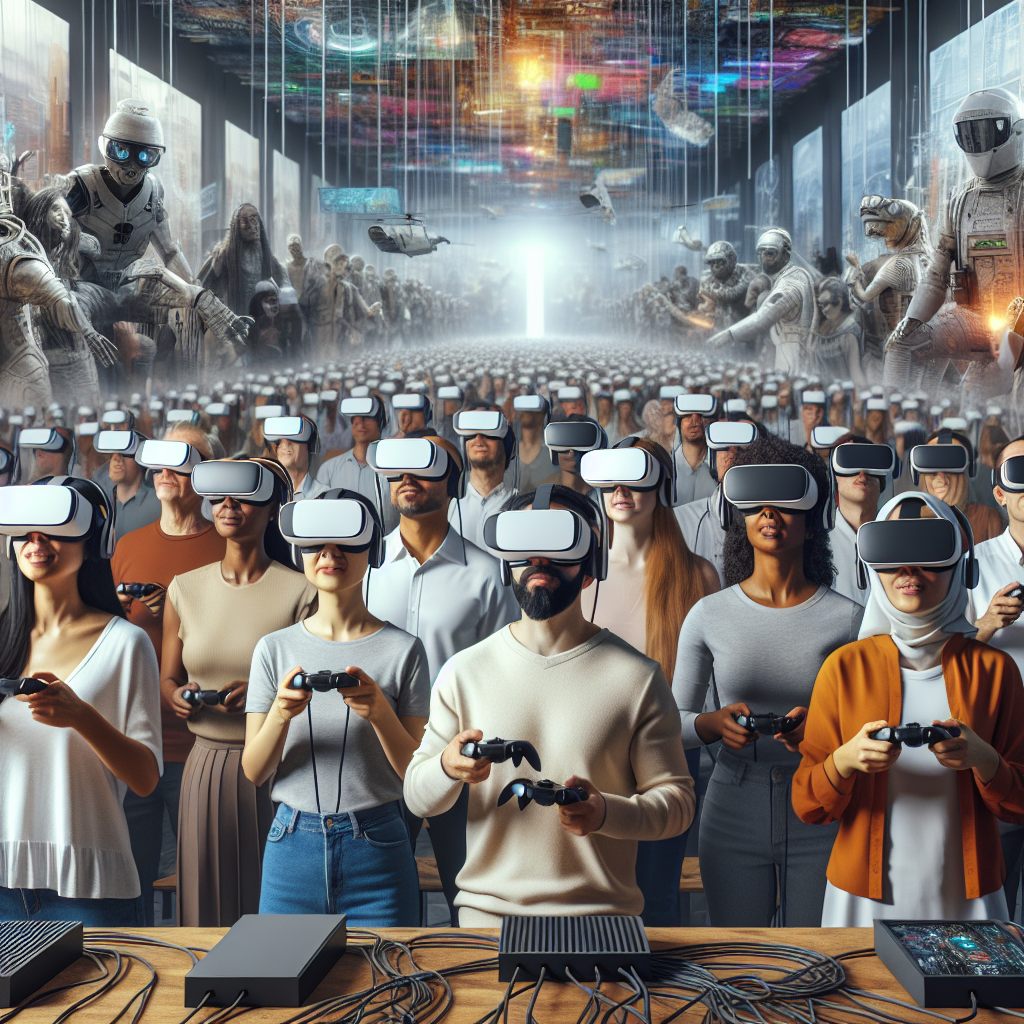
The Future Trends in the Music Industry: Predictions and Recommendations
The music industry has always been a dynamic and ever-evolving field, constantly experiencing new trends and technologies that shape its future. In a recent podcast by Gramophone, violinist Daniel Hope discusses his latest album, providing insight into the potential future trends in the music industry. This article will delve into the key points of the podcast and provide comprehensive analysis along with unique predictions and recommendations for the industry.
The Importance of Collaboration and Innovation
One of the key themes highlighted by Daniel Hope in the podcast is the importance of collaboration and innovation in the music industry. As technology continues to advance, musicians are embracing new tools and platforms to create innovative, collaborative projects. This trend is likely to accelerate in the future, with musicians collaborating across genres and even across different art forms. The integration of music with other forms of media, such as visual arts or virtual reality, will offer unique and immersive experiences for audiences.
Prediction: In the coming years, we can expect to see more cross-disciplinary collaborations in the music industry, resulting in groundbreaking performances and experiences that push the boundaries of traditional music.
Recommendation: Musicians and industry professionals should actively seek out collaborations outside their comfort zones. By embracing new technologies and art forms, they can broaden their creative horizons and tap into new audiences.
Streaming and Digital Platforms
Hope discusses the impact of streaming platforms on the music industry and acknowledges their potential in reaching wider audiences. The rise of digital platforms has revolutionized the way consumers access music, allowing them to discover and explore a diverse range of genres and artists. Though streaming platforms have faced criticism for their impact on artists’ revenue streams, they also present unique opportunities for exposure and connectivity.
Prediction: The dominance of streaming platforms will continue in the future, with more personalized and curated playlists becoming the norm. These platforms will also become increasingly interactive, allowing for enhanced fan engagement and artist-fan collaborations.
Recommendation: Musicians should embrace streaming platforms as a crucial tool for reaching new audiences. By actively engaging with fans and leveraging curated playlists, artists can increase their visibility and broaden their fanbase. Additionally, industry professionals should work towards establishing fairer revenue models that compensate artists appropriately.
Virtual Reality and Immersive Experiences
An intriguing point raised by Daniel Hope in the podcast is the potential of virtual reality (VR) and immersive experiences in the music industry. With the advancements in technology, VR has the capacity to transform live performances by creating immersive environments that transcend physical limitations. Virtual concerts, interactive music videos, and personalized VR experiences could revolutionize the way audiences consume and experience music.
Prediction: Virtual reality will become an integral part of the music industry, allowing artists to connect with their fans in unprecedented ways. Live-streamed virtual concerts will gain popularity, enabling global audiences to access live performances from the comfort of their own homes.
Recommendation: Musicians should explore the potential of virtual reality in their performances and consider incorporating immersive elements to enhance their shows. Collaboration with VR developers and content creators can open up new avenues for creativity and expression. Additionally, industry stakeholders should invest in research and development to make VR experiences more accessible and affordable for artists and audiences alike.
Conclusion
The future of the music industry promises exciting developments driven by collaboration, technology, and innovation. This article has explored the key points from the Gramophone podcast featuring Daniel Hope and provided comprehensive analysis along with unique predictions and recommendations for the industry. As musicians and industry professionals embrace cross-disciplinary collaborations, streaming platforms, and virtual reality, they have the potential to shape a future where music becomes even more accessible, immersive, and transformative.
- Gramophone Podcast featuring Daniel Hope: [insert link to the podcast episode]

